
Employment Resources
- APSE – A membership organization formed to improve and expand integrated employment opportunities, services, and outcomes for persons experiencing disabilities.
- CAMEO – CAMEO’s Mission is to promote economic opportunity and community well being through Micro Enterprise Development.
- California Career Zone – Explore jobs and occupations.
-
California Reality Check – After High School You will need to work to pay for housing, transportation, clothes… You will need money. You will need an occupation. On this website there are three ways to choose an occupation.
- Department of Rehabilitation – California Department of Rehabilitation assists Californians with disabilities in obtaining and retaining employment and maximizing their ability to live independently in their communities.
- Disability: In - The leading nonprofit resource for business disability inclusion worldwide.
- Disability Benefits 101 – Disability Benefits 101-California gives you tools and information on employment, health coverage, and benefits. You can plan ahead and learn how work and benefits go together.
- Diversity Inc – Diversity Inc is the leading publication on diversity and business.
- Job Accommodation Network – The Job Accommodation Network (JAN) is the leading source of free, expert, and confidential guidance on workplace accommodations and disability employment issues.
- Labor Market Trends in California – Employment Development Department
- National Association for the Self Employed – The National Association for the Self-Employed (NASE) is the nation’s leading resource for the self-employed and micro-businesses, bringing a broad range of benefits to help entrepreneurs succeed and to drive the continued growth of this vital segment of the American economy.
- Network Assistive Technology Tools for Living – AT Network is a project of the California Foundation for Independent Living Centers funded by the Department of Rehabilitation.
- Real Work Stories – Read employment successes of people with Intellectual and Developmental Disabilities who are working in paid jobs in their communities.
- Small Business Administration – Information resource for small businesses, small business owners and prospective business owners.
- Social Security – The official website of the U.S. Social Security Administration
- The Center for Social Capital – This website is dedicated to providing information on the concept of Social Capital.
- U.S. Department of Labor – Office of Disability Employment Policy
- Diversity World – links to employment resources.
- Griffin-Hammis – extensive information on disability and work, discovery, informational interviews etc.
- IBM’s Accessibility Center Web Site – with information on News, Guido Corona’s Blog, Accessibility, Products, and much more.
- Inc – extensive resources for entrepreneurs.
- Intuit – resources for small businesses.
- Job Access – post resumes, job matching.
- Micro Mentor – mentoring resources for self-employed.
- MicroBiz
- The Red Book – A Guide to Work Incentives.
- Virginia Commonwealth University – workplace supports and job retention information.
- We Connect – A national program created by Maria Shriver that connects families to programs and services to help them get ahead.
- What You Can Do Campaign – The Campaign for Disability Employment is a collaborative effort to promote positive employment outcomes for people with disabilities by encouraging employers and others to recognize the value and talent they bring to the workplace.
- WID – links to many work resources
- Work Support – Information, resources and research about work and disability issues.
Regional Centers:


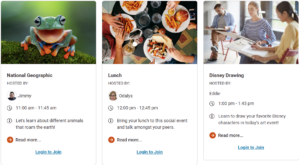

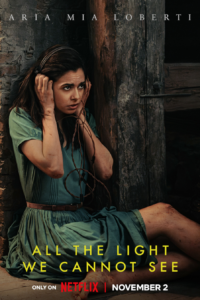

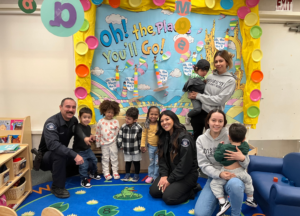
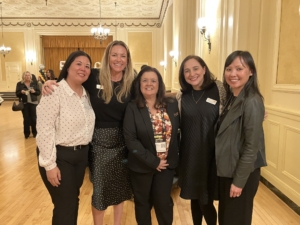

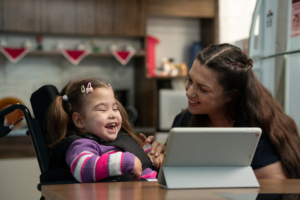
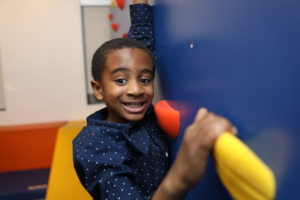
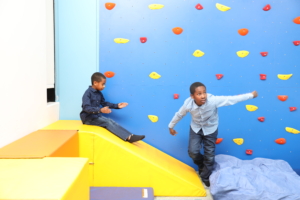

 (ASQ-3)
(ASQ-3)
